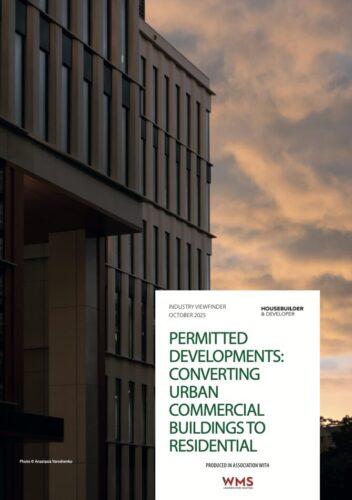
To accelerate housing delivery and revitalise underused urban spaces, the Government introduced reforms in 2021 under then–Housing Secretary Robert Jenrick, expanding permitted development (PD) rights. These changes allow certain commercial buildings to be converted into residential use without requiring a full planning application, instead relying on a streamlined prior approval process managed by local authorities.
The intent behind the reforms is to offer developers a faster, more sustainable route to housing provision — breathing new life into high streets, repurposing vacant or underused buildings, and supporting the concept of the “15-minute city,” where people live closer to essential services and amenities.
However, while PD offers speed and flexibility, it is not without criticism. Concerns have been raised around the quality and suitability of some conversions, with reports of substandard housing, challenges relating to building fabric, and tensions between cost efficiency and livability. Heritage considerations, community acceptance, and design integrity also remain key barriers for many developers.
Our whitepaper explores how developers are engaging with PD — from motivations and types of conversion projects to the obstacles they encounter, such as cost, design, and regulatory perception. It also examines the repetitional challenges surrounding PD, with 73% of surveyed developers believing negative publicity has harmed its image, and considers how quality improvements and best practice can ensure PD fulfils its promise of delivering sustainable, well-designed urban housing.
Request the full report
Tagged
OrganisationsWMS Underfloor Heating

